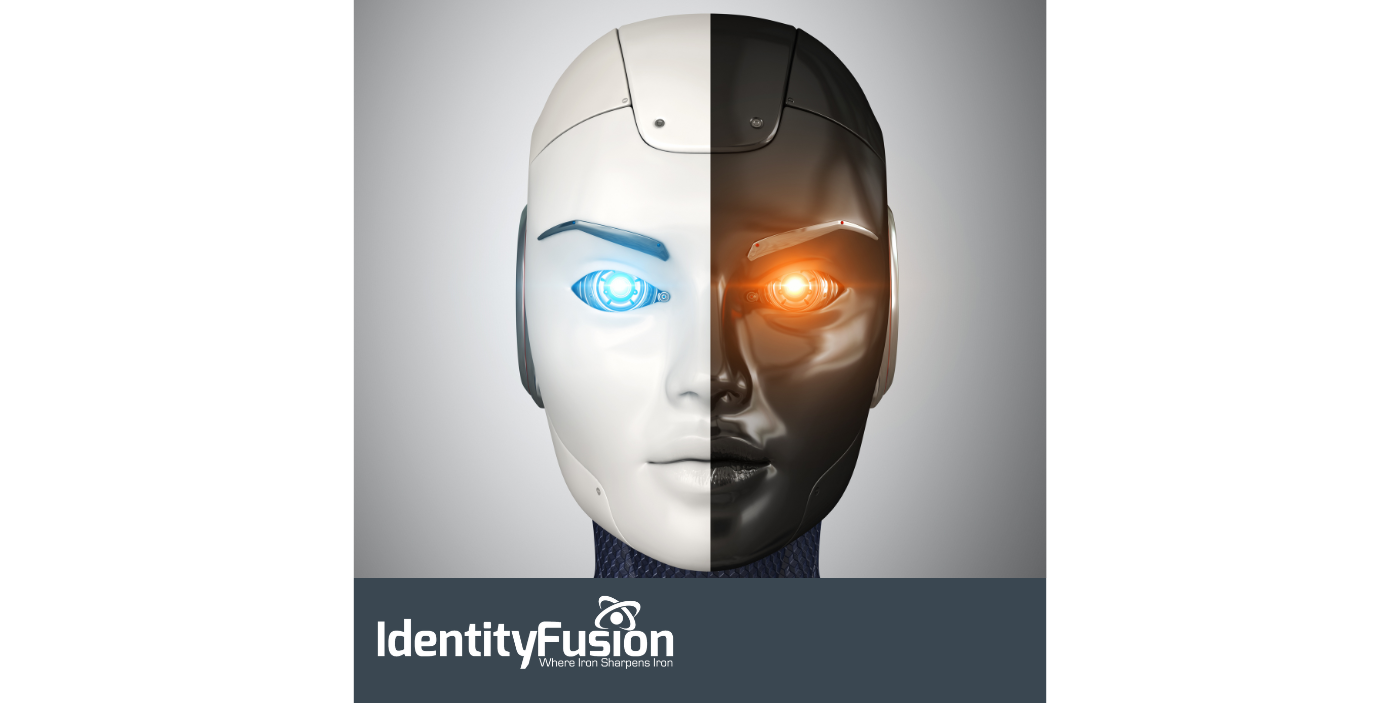IBM’s research lays it bare: it takes 292 days on average to detect a compromised non-human identity (NHI). That’s nearly 10 months, an eternity in the digital battlefield. By then, the intruder has already stolen data, corrupted logs, and likely set up persistence mechanisms that will keep them lurking in your environment long after the initial compromise. At that point, half the battle is already lost.
This isn’t about outdated legacy systems alone. Even IAM platforms rolled out last year could already be outpaced by the threat landscape. The brutal truth is that security isn’t static, it’s a moving target. The attackers don’t sit still, and neither can we.
Why Detection Takes Too Long
The gap isn’t caused by a lack of tools. It’s caused by architectures that weren’t designed for the velocity and scale of modern identity ecosystems:
- Explosion of NHIs: APIs, service accounts, bots, and machine credentials are multiplying faster than human identities. Most environments don’t have full visibility, much less governance, over them.
- Rise of AI Agents: Unlike yesterday’s static scripts, today’s AI-driven agents are adaptive. They can mimic legitimate behavior, learn from detection attempts, and even evade logging mechanisms. If left unchecked, they could operate undetected for months while quietly exfiltrating data or manipulating transactions.
- Stale Controls: Role-based access, static provisioning, and quarterly reviews can’t keep up with the constant churn of entitlements.
- Blind Spots in Monitoring: Too many IAM systems operate like castles with tall walls but no guards in the courtyard, strong at the perimeter, weak inside.
Why “Modernization” Can’t Wait
An IAM platform implemented in 2024 may have already missed the critical capabilities needed for 2025. This isn’t about shelf life, it’s about relevance to the threats right now. IAM modernization isn’t a “someday” project; it’s an ongoing discipline.
Think of it like a medical check-up. Even if you’re in peak health today, you still need an annual exam, because what’s silent today can be deadly tomorrow. Identity systems are no different, an annual IAM assessment should be the minimum standard, not a luxury.
Practical Steps to Shorten Detection and Limit Damage
Organizations serious about reducing the 292-day blind spot should take these actions now:
- Conduct Regular IAM Health Checks
Even a system only a year old benefits from an outside assessment. Align configurations, policies, and governance against IAM 3.0 best practices.
- Modernize Beyond RBAC
Adopt adaptive access controls, contextual policies that factor in device, behavior, and risk signals. Attributes and risk-based models shorten detection by flagging anomalies sooner.
- Prioritize NHIs and AI Agents
Treat non-human identities, including autonomous AI agents, with the same rigor as humans: lifecycle management, least privilege, and continuous discovery. Don’t assume automation is benign, verify it.
- Integrate with Threat Intelligence & SIEM
IAM can’t live in isolation. Detection accelerates when IAM signals feed directly into security analytics and are enriched with threat intel.
- Automate the Mundane, Escalate the Critical
Use automation for repetitive governance tasks and free human analysts to investigate true anomalies. This keeps teams sharp, focused, and fast.
The Call to Action
Attackers thrive in silence. Every day a compromise remains undetected, the deeper they burrow and the harder it becomes to root them out. Modernization is not a nice-to-have, it’s the only way forward. And with the rise of AI-powered adversaries, the challenge has shifted. These agents won’t just slip past outdated defenses, they’ll learn how to avoid detection entirely. Without modernization, your IAM program risks becoming an unwitting accomplice to the very threats it was meant to defend against.
At Identity Fusion, we’ve seen firsthand that even the most recent IAM deployments need recalibration. The question isn’t “is your system too old?” but rather “is your system still aligned with today’s threat reality?” If you can’t answer that with 1000% confidence, it’s time for an assessment.
IAM 3.0 isn’t about standing still, it’s about evolving. Organizations that commit to continuous modernization shorten breach detection, limit damage, and position themselves to not just survive, but thrive, in the identity-first world.

